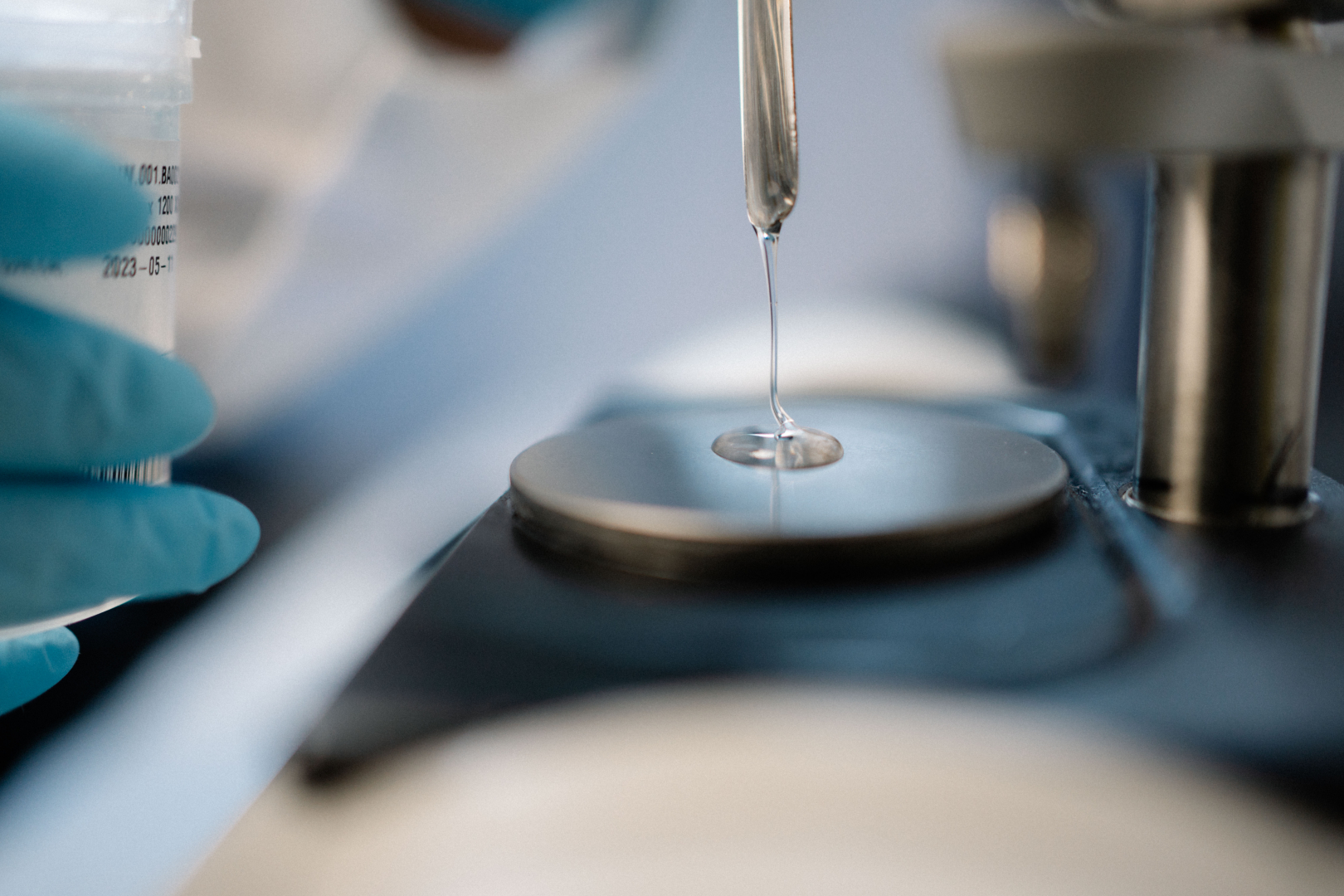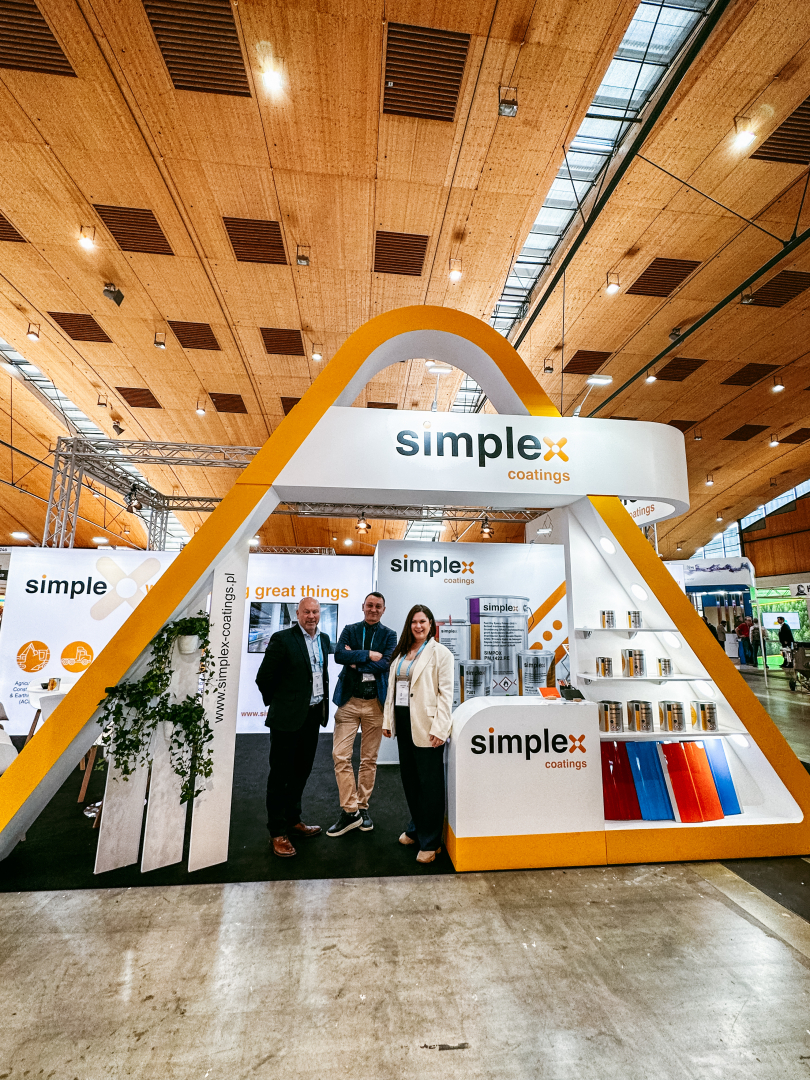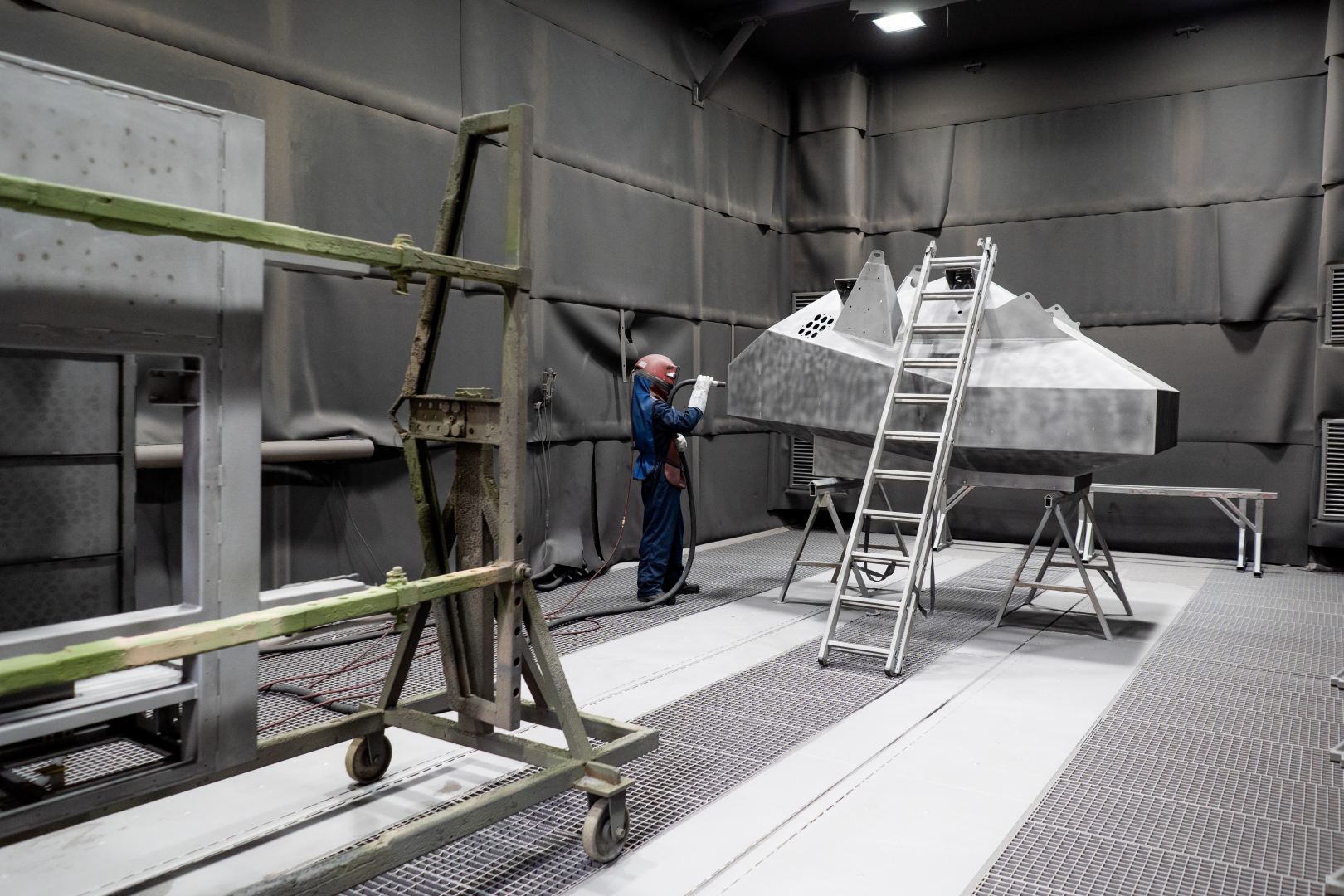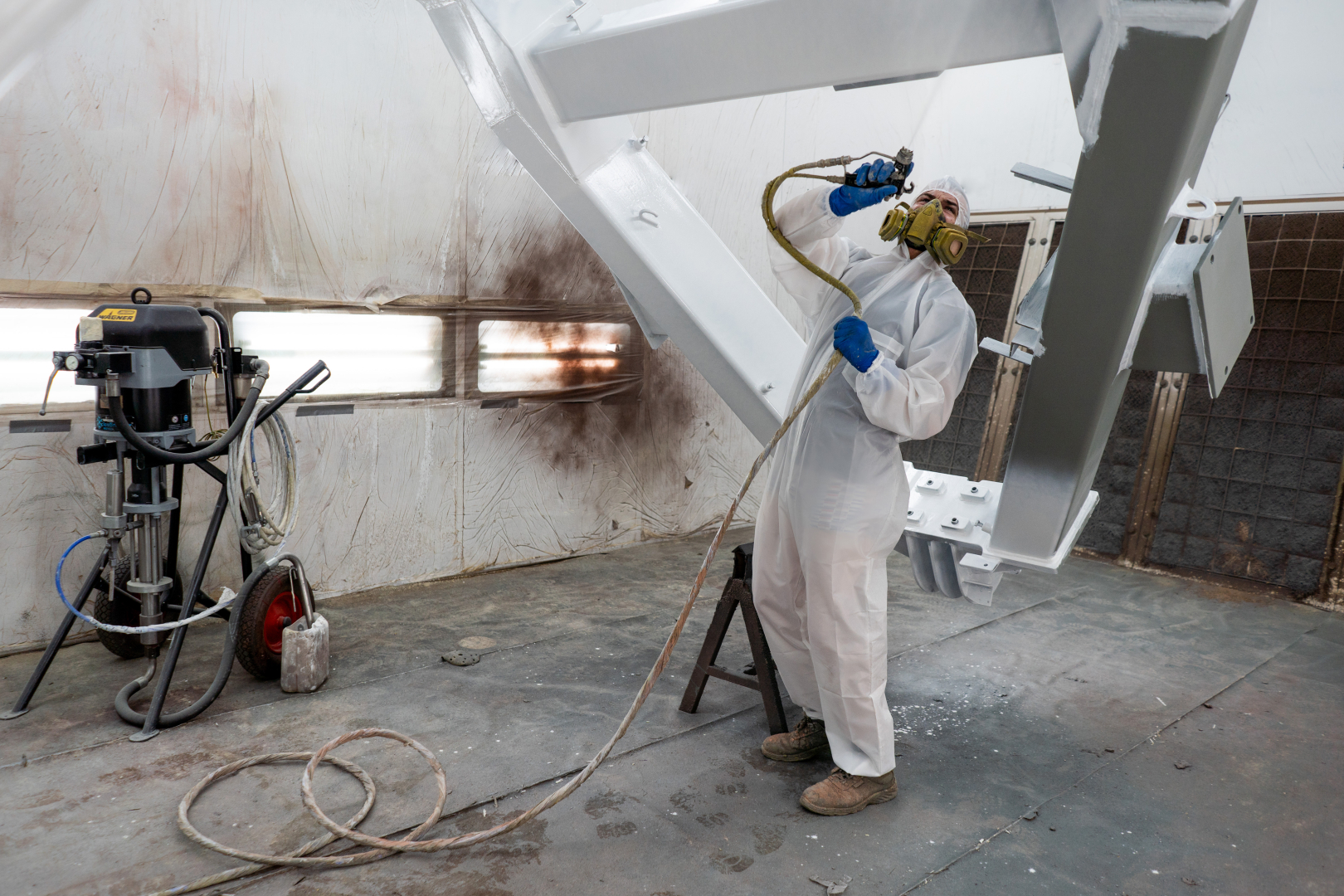
Definitely every businessman, not only those involved in painting, have a common goal - to increase the overall productivity and efficiency of production processes. So we present a few words about how to choose a paint system and how to calculate the cost of painting, and explain whether using cheaper products always turns out to be beneficial for our budget.
Many production facilities, including large corporate ones, consider only the unit price of paint products when choosing a paint system as the main deciding factor, forgetting about the correct selection of a paint system. However, in order to reliably approach cost comparisons, unfortunately, it is necessary to explore the topic a little further.
The decision to choose a paint system can be divided into three stages:
Selection of the system due to the technical requirements of the coating.
Technical capabilities and quality parameters of the coating.
Comparison of process costs.
Selection of the system due to the technical requirements of the coating.
Before we proceed with coating production, we should know what task our coating is supposed to fulfill, and then answer some questions: whether it is supposed to protect against corrosion and to what extent, whether we need UV resistance and, if so, for how long, whether physical-chemical resistance is required and what the coating is supposed to be resistant to, and whether the coating needs to be abrasion resistant or hard.
Technical capabilities and quality parameters of the coating.
The final quality of the coating depends not only on the paint system itself, but also on the equipment we have at our disposal, the skills of our painters and the general conditions at the plant. You can expect the coating to be super smooth, but, of course (this may be an extreme example), if we only have at our disposal high-pressure Airless pumps with high gear ratios, and a set of economical guns with "wide" nozzles, then certainly, even the best product available, is not able to give the effect we expect.
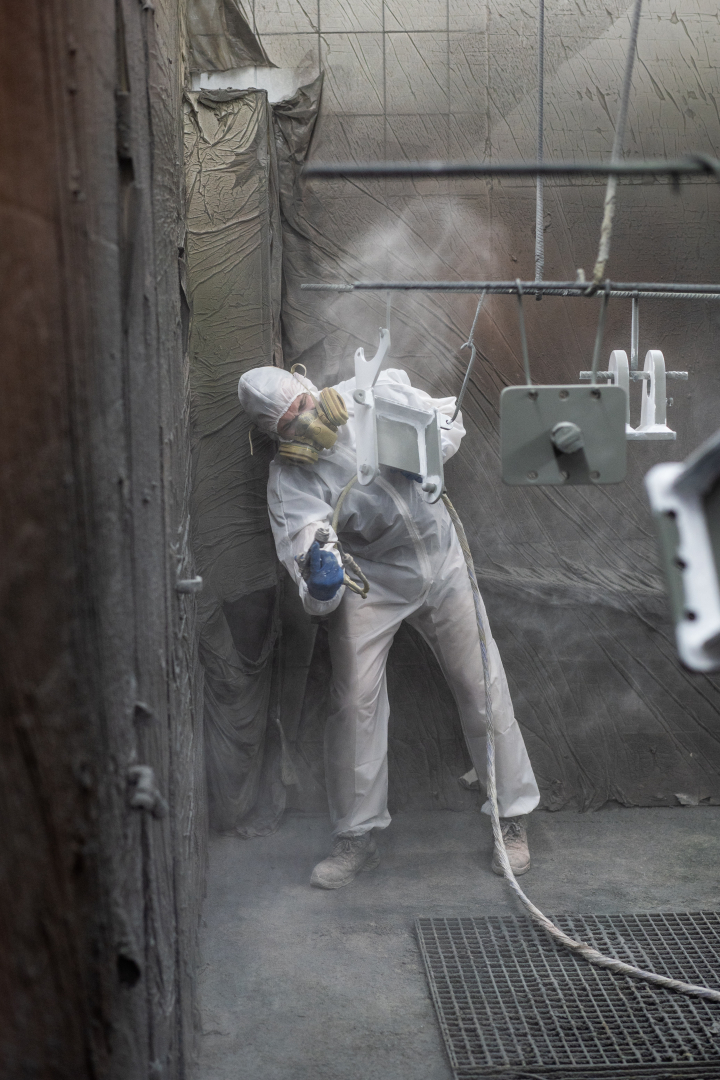
So we should pay attention to the following:
- The painting equipment we have at our disposal, including in particular: available guns, nozzles, paint units (pumps), cleanliness of compressed air, etc.
- The conditions in which we paint - a properly ventilated room with a relatively constant temperature, a paint booth, the cleanliness of the room in which we paint (absence of dirt, dust, grease, fat, etc.).
- Characteristics of the elements to be painted - whether they have complex shapes or are flat, how we prepare the surface before painting, whether we sand it, what is the roughness profile.
- Determination of the target coating - whether it is to be super smooth, smooth, acceptable or whether a coating with the so-called "orange peel" is desired. Image 3After verifying the above, we should already have definitely narrowed down our product search list. It is also a good idea to plot all the data in a table - an example below.
Thanks to such an interview, we can see very quickly that single-component products will suffice for our production, but with a note that they should rather be products from a slightly higher end - due to the required aesthetics. At the same time, we must be careful when applying the surface, because with the airless system we have little chance of achieving the high aesthetics and smoothness expected in the example. Meeting the customer's stated objectives will therefore require not only the selection of a suitable paint system, but also investment in other paint equipment. In this particular case, it will be the purchase of a diaphragm pump or the purchase of a pressure tank and the selection of the right gun. Due to the required aesthetics and high roughness profile, the choice of gruntoemals should also be abandoned.
It is worth noting that if at least in one of the requirements 2K products will be the solution, then we must immediately choose a two-component system or consider how much of the requirement really needs to be met. In short, it is necessary to reliably verify our expectations.

Comparison of procedural costs
So we come to the final stage of comparisons and the final product decision. Assuming that we have conducted trials and know which systems meet our requirements from steps 1 and 2, we can move on to checking:
- the drying time, which after all has an impact on the cost of the process,
- the time (cost) needed for varnishing - e.g., if we can get the same effect with a thinner layer, we can probably varnish on the so-called "one time" rather than in two approaches (the amount of RBH needed for the varnishing process),
- whether a given product requires high-temperature drying, and then we compare the theoretical costs of this heating depending on the product in question,
- the cost of volatile organic emissions,
- consumption of materials around painting,
- any other process costs necessary for painting with a given paint system.
By determining the above issues, we will obtain the total process cost. We can allocate it to a given component or calculate the process cost taking into account the consumption of paint materials per m2 of surface. Only such an analysis will allow us to compare the costs of a given paint system in a reliable and informed manner.
It is well known that currently process and RBH costs are among those that most strongly affect production. At the same time, these are also the costs that, with a little commitment (at least within the paint shop), we are able to model. When designing the Simplex Coatings line, we first and foremost took into account the efficiency of working with the system.
So don't succumb to the illusion of a low-cost product, and instead take a little more time and select a system that will actually be more beneficial to your company. Also, pay special attention to the units of measurement in which you receive quotes, because 1 kg is not 1 liter, however. Only a volumetric comparison makes sense.
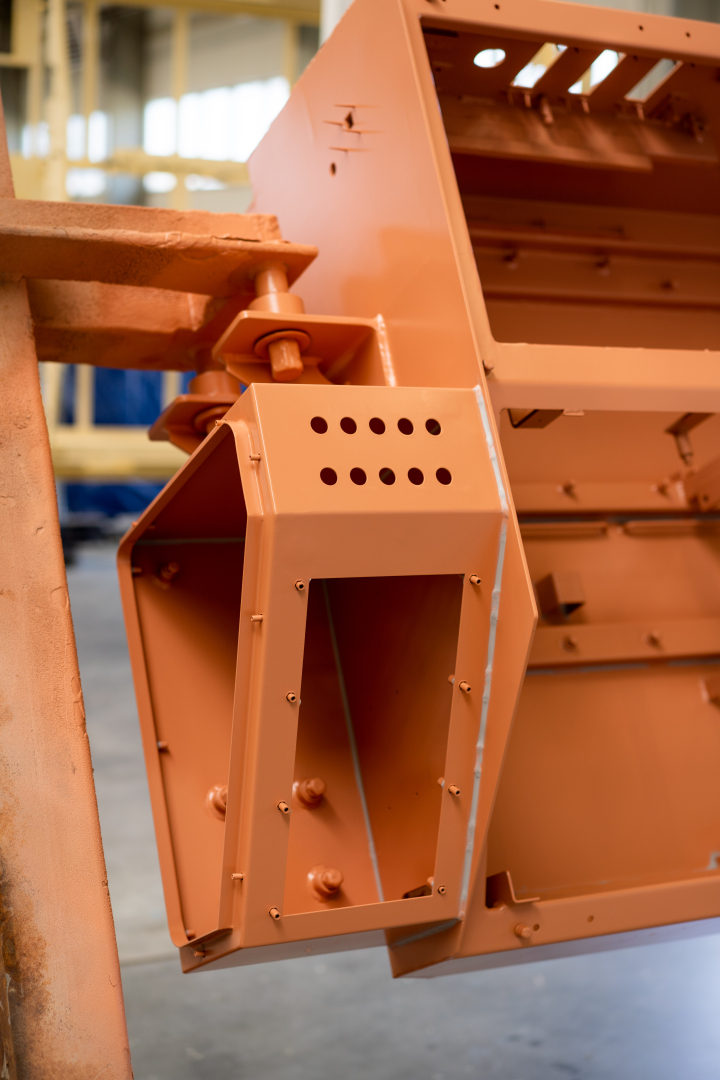
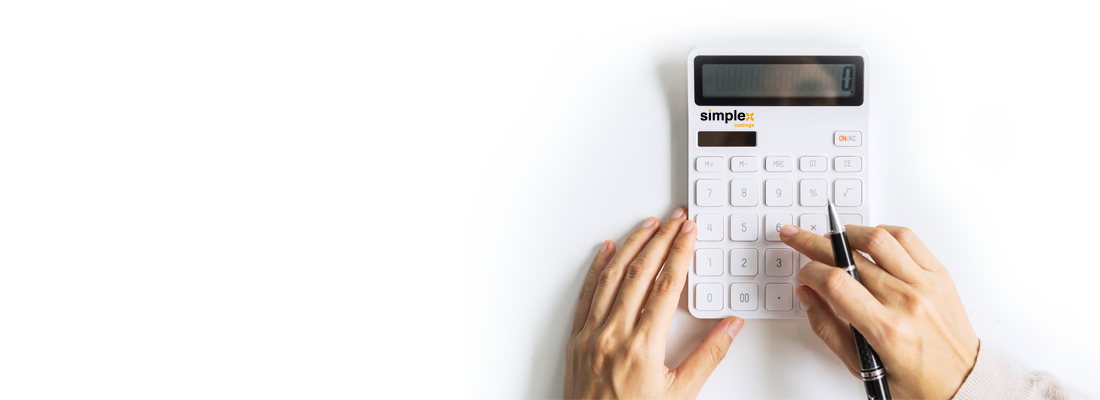
 You will read in 3 minutes
You will read in 3 minutes
Discover how Simplex is presenting the future of paint technology at PaintExpo 2024 in Karlsruhe. See our advanced pigments and color systems that are defining industry standards.
 You will read in 7 minutes
You will read in 7 minutes
Simplex is redefining the paint industry by combining series production with trade show paint quality. Through innovative technologies and processes, the company enables customers to achieve optimum product efficiency and aesthetics...
 You will read in 7 minutes
You will read in 7 minutes
Surely those involved in industrial painting have encountered any of the following terms: AIRMIX, AIRCOMBI, AIR ASSISTED, AIRCOAT or air shielding or airless in air shielding.




